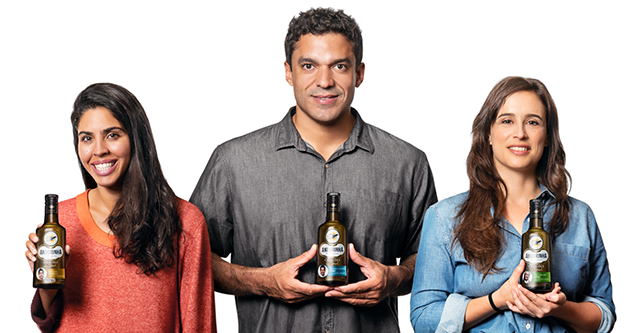OLIVE OIL TYPES. DISCOVER THE MOST SUITABLE ONE FOR YOUR MEAL.


After extraction, Andorinha olive oils are exhaustively tested, because it is a noble fat that must have guaranteed quality and genuineness.
Laboratory tests are used to analyze acidity (oil acidity is a quality parameter that serves to classify its type and cannot be perceived by the senses — smell or taste), peroxide index (initial oil oxidation and deterioration) and absorbency (detects abnormal oil components).
Another very important part of the process is organoleptic evaluation, which assesses whether the product has no defects or negative attributes from a sensory point of view, such as fermented, rancid taste and/or aroma, etc.
After these evaluations, olive oils are divided into three types for consumption:
Extra Virgin Olive Oil
It must have up to 0.8% acidity and no organoleptic/sensory defect. This type of olive oil has its aroma and flavor qualities best preserved. Maximum 0.8% acidity is an indication that all processing steps (olive ripening, harvesting, cleaning, extraction and packaging) have been carried out properly.
Virgin Olive Oil
Olive oils that have some sensory defect and/or acidity above 2% are called virgin olive oil. Olive oils with acidity above 2% are not suitable for consumption, and these products are subjected to a chemical process called refinement, which reduces acidity and makes it suitable for consumption.
Olive Oil
The refinement process in virgin oils removes high acidity, aromatic and flavor substances and natural antioxidants, color pigments and vitamins. In this refined fraction of olive oil, a small amount of extra virgin olive oil is usually added to restore some flavor, aroma and color to the final product. These oils, then, are commercially called “Olive Oil” and their acidity is up to 1%. The most important thing is to know what differentiates one type of oil from another and how to choose the most suitable one for each use, or according to your particular taste preference.





























